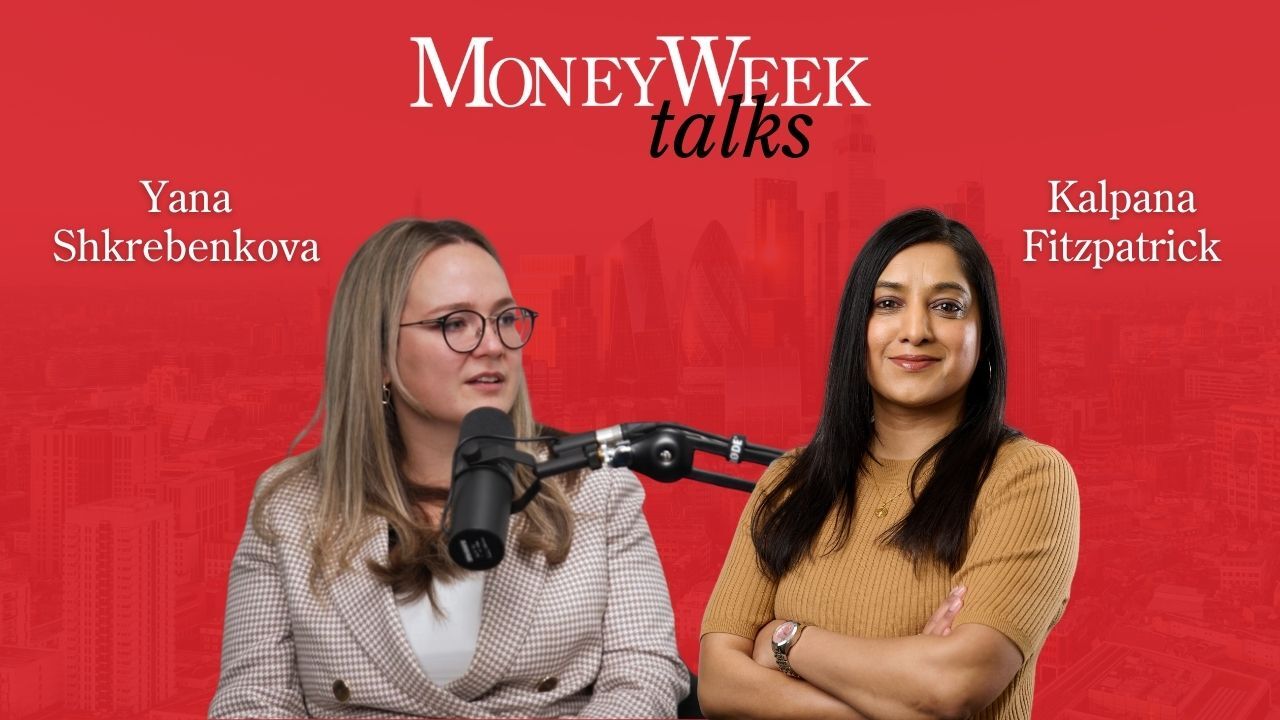My first million: Tim Leatherman, Leatherman Tool Group
The story of the eight years Tim Leatherman spent trying to get his invention onto the market is a must-read for any budding entrepreneur.

As a lesson in staying power, the story of the eight years Tim Leatherman spent trying to get his invention onto the market is a must-read for any budding entrepreneur. Rejected by the army and every knife and tool company along the US west coast, it's hard to believe the Leatherman pocket survival tool, which he dreamt up in a Tehran hotel in 1975, ever made it to market. The idea stemmed from a 20-country budget trip across Europe that he and his wife undertook in a 1969 Fiat 600. Constantly breaking down, his scouting knife wasn't up to the job of fixing it. "I often needed pliers, so the idea was to add a pair of pliers to a pocket knife."
Back in Oregon, he told his wife it would take a month to make. "She said OK, and went to work to support us", while he went to the garage to "build what was in my mind". It took a little longer than Leatherman expected. "Three years later I had something I thought was pretty good." And he reckoned the hard work was over when he received the patent in 1981. He banked on showing his invention to a knife company, and for them to "fall head over heels in love with it, give me one million dollars and I'd sit back and live happily ever after".
But the knife firms didn't like it, considering it a tool rather than a knife. Yet toolmakers thought it was a gadget "and gadgets don't sell". In fact, no one wanted it. By 1983, Leatherman was close to giving up until an old college friend, Steve Berliner, suggested he approach mail-order catalogues. One in nearby Portland was interested, but baulking at the $40 price tag, "they said, sit down, let's take a look at this'". And they began knocking down the price, pulling out one pair of pliers, the scissors and even the clamp. Six months later, at $24, catalogues were more interested and Leatherman soon had an order for $12,000-worth 500 tools through the post. Berliner's father offered space in his business for Leatherman's machinery and they got working for a delivery date of December 1983. As it turned out, this wasn't quick enough for the catalogues. "They said we need them really badly, because they've all been sold. Here's an order for 500 more. And a week after that they said 500 have gone, here's an order for 750, and two weeks later the 750 had been sold, here's an order for 1,000."
MoneyWeek
Subscribe to MoneyWeek today and get your first six magazine issues absolutely FREE

Sign up to Money Morning
Don't miss the latest investment and personal finances news, market analysis, plus money-saving tips with our free twice-daily newsletter
Don't miss the latest investment and personal finances news, market analysis, plus money-saving tips with our free twice-daily newsletter
The catalogue firm had given the Leatherman a prime slot and everyone was buying it. Of course, "all the catalogues watch each other, so when they get the sense that there's a hot product, they all jump on the bandwagon". In 1984, they made and sold 30,000 tools, 70,000 the following year, and by 1993, they were selling more than a million of the original Leatherman tool. The secret of Leatherman's success? Tapping into "a latent group of people who were lying low", says Leatherman, whose business now turns over $95m a year. "These were people who were looking for a pocket tool, not a knife." While he sees the group moving into other products, he rather humbly admits that he won't be getting back to his shed. "We have engineers working away who are better designers than I am. They're coming up with wonderful things."
Get the latest financial news, insights and expert analysis from our award-winning MoneyWeek team, to help you understand what really matters when it comes to your finances.
Jody studied at the University of Limerick and was a senior writer for MoneyWeek. Jody is experienced in interviewing, for example digging into the lives of an ex-M15 agent and quirky business owners who have made millions. Jody’s other areas of expertise include advice on funds, stocks and house prices.
-
 Will fintechs change the way you invest?: MoneyWeek Talks
Will fintechs change the way you invest?: MoneyWeek TalksPodcast MoneyWeek's digital editor, Kalpana Fitzpatrick, speaks to Revolut Trading CEO Yana Shkrebenkova about how fintechs are changing the way people approach investing.
-
 Six steps business owners should consider before April inheritance tax relief change
Six steps business owners should consider before April inheritance tax relief changeNew limits to inheritance tax-free allowances are coming in from the Spring that affect business owners. Those looking to sell or transfer their assets into a trust before the changes need to act now
